Pour enough water into a large pan so that the bowl you want to use for the chocolate does not touch the water when you place it on the pan. Heat the water without the bowl. As soon as the water boils, turn the heat down to the second-lowest setting.
Now pour 2/3 of the desired amount of couverture into the previously selected bowl and melt the couverture completely in it. We recommend using a stainless steel bowl, as this conducts the heat optimally and the couverture melts even faster.
Caution: Absolutely no moisture should get into the couverture. Furthermore, the temperature must never exceed 50 ºC, as the lactose will begin to caramelise and form lumps if the temperature is too high. This lump formation is irreversible and the couverture can no longer be used for pure chocolate products, as the caramel pieces will remain even if the temperature is raised again.
As soon as the couverture pieces have completely dissolved in the water bath (45 ºC), remove the bowl from the pan, add 1/3 of the couverture drops, stir well and leave the bowl to stand for a short time. The drops will dissolve and cool down the total amount until the couverture becomes a little firmer or thicker again.
Once the couverture has reached a temperature of 26 - 28 ºC, you need to reheat it over the bain-marie. Only heat the couverture slowly so that it does not get too hot. It is better to bring the couverture to the final temperature in small stages than to heat it too quickly and possibly burn it. Don't forget that the bowl will continue to heat up for a short time, making the couverture inside about 1 - 2 ºC warmer. We therefore recommend that you remove the bowl with the couverture from the water bath a little early, shortly before the perfect final temperature, to prevent the couverture from overheating. Reheat in small stages until the correct processing temperature is reached (30 - 33 ºC depending on the type of couverture).
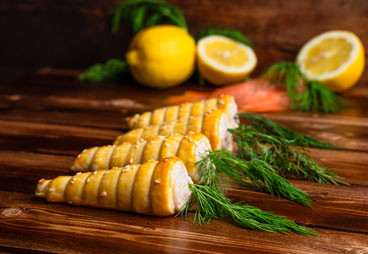
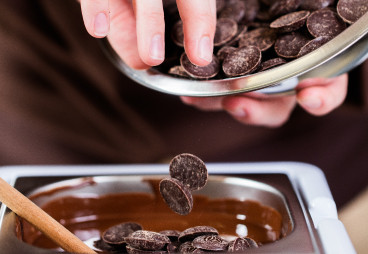
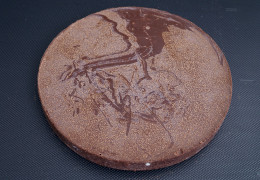
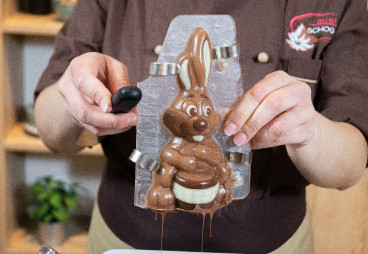
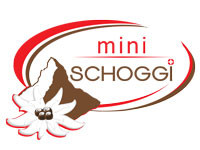






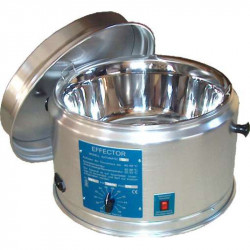
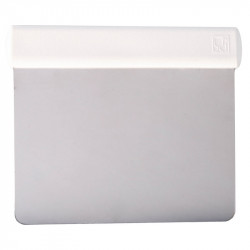
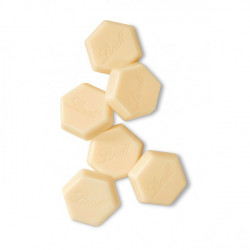
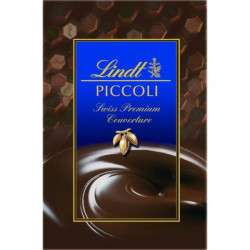
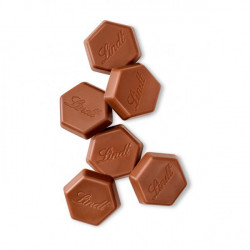
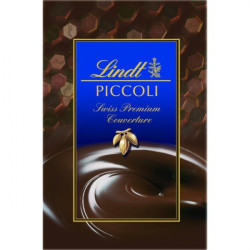
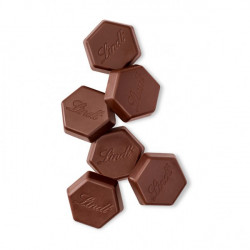
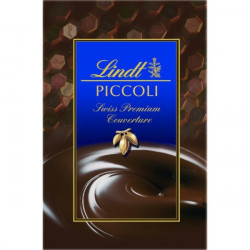
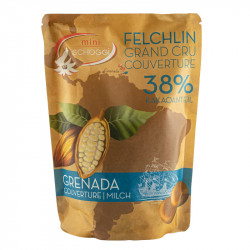
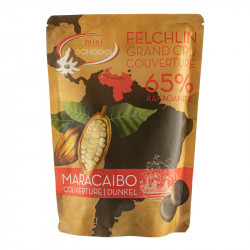
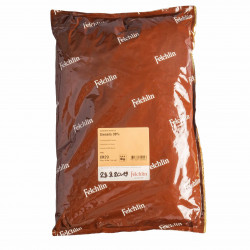
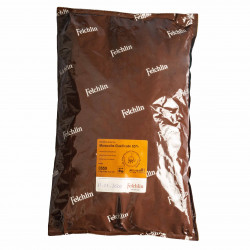
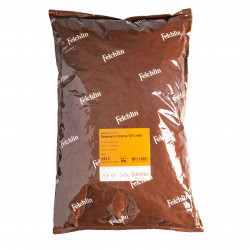
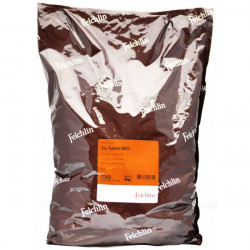
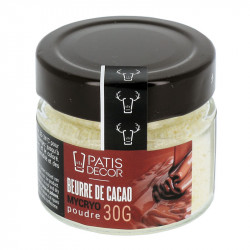

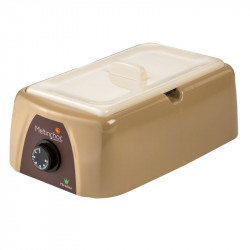
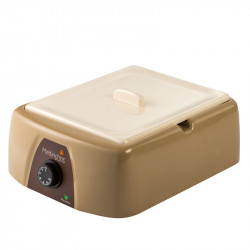
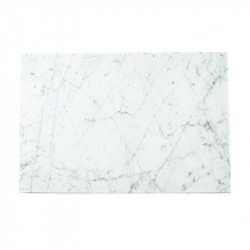

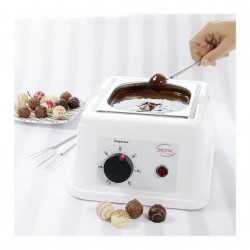
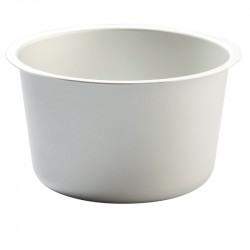
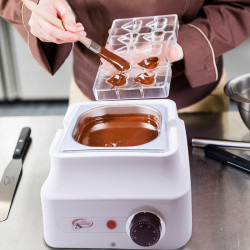
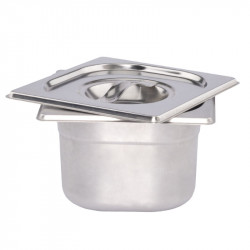
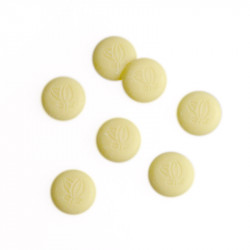
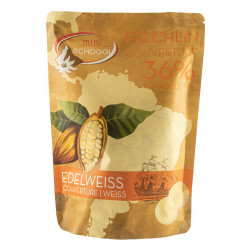
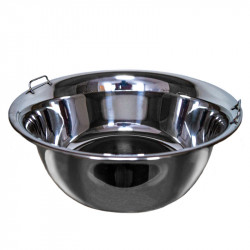

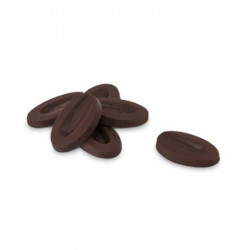
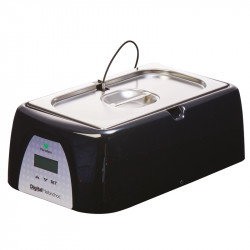
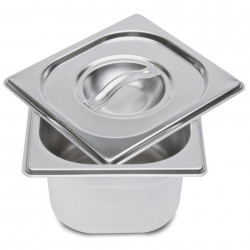
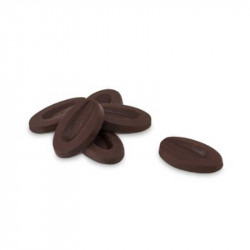
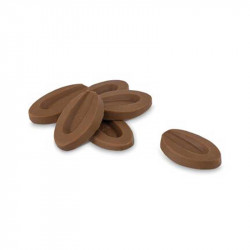
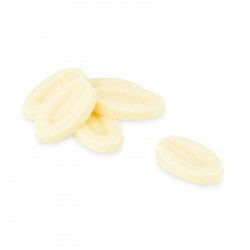
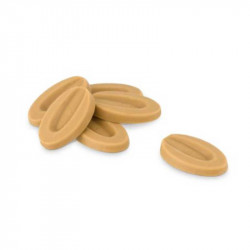
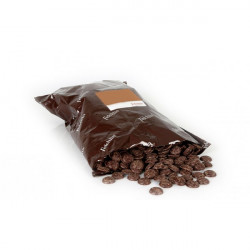

Leave a comment